There are events in politics that everyone knows are coming but no one can quite anticipate what they will mean. The death of the Queen is one of these. Her Majesty reigned for 70 years and no MP has served under any other monarch. There is no institutional or political memory of the passing of a sovereign.
The Queen provided continuity through a period of remarkable political, cultural and technological change. Her death removes one of our links to the past. In particular, it severs this country’s most direct link to the wartime generation. When she last stood on the Foreign Office balcony with such determination to watch the wreath laying at the Cenotaph on Remembrance Sunday in 2020 she did so as someone who lived through the Blitz, joined in the VE Day celebrations and married a war hero. She embodied the way in which the country pulled together during that existential threat, the shared sacrifice that had allowed Britain to survive.
It was, perhaps, that connection which meant that despite all the changes during the Queen’s reign, republicanism never became a serious political issue. Another reason is that the Queen performed the role of constitutional monarch to near perfection. She avoided political controversy and even her own ministers did not know her views on many issues. The few times the public had a glimpse of what she really thought – such as the revelations about her worry that Margaret Thatcher was splitting the Commonwealth with her opposition to sanctions on apartheid South Africa and the informed speculation about her sympathy for Euroscepticism – created a stir because they were so rare. Even her intervention before the Scottish independence referendum, her hope that people would ‘think very carefully about the future’, was framed in such a way that it did not come down decisively on one side or the other.
There were missteps. Her talk of an annus horribilis in 1992 was understandable but ill-judged. She failed to understand the national mood in the wake of the death of Princess Diana. Tony Blair’s advice might not have been popular with the royals, but he was right about the need for the family to emote publicly in a way they would not have chosen to do. Considering the country’s heightened emotional state at the time, the situation could otherwise have spiralled out of control.
However, it is remarkable that in the longest reign in our history there have been so few of these mistakes. Queen Victoria, the previous longest-serving monarch, had the bedchamber crisis, which threw her impartiality into question, and her extended withdrawal from public life following Prince Albert’s death. These episodes put Elizabeth’s errors into perspective.
The Queen also had a gift for rising above controversy. She never took on those politicians with republican sympathies in any direct way. Instead, she undermined them with great subtlety. Pauline Prescott, the wife of John Prescott, tells the story of how when the former deputy prime minister was a young MP he declared that he wouldn’t bow to the Queen when she visited Hull. When Elizabeth met him, she spoke very quietly, and he had to lean in to hear to what she said. In the media’s photographs, it looked as if Prescott had bowed and there was no story about the sovereign being snubbed.
The ambiguity about the Queen’s personal views made it easy for her to speak to politicians of all persuasions. By contrast, her son Charles’s views are known on a whole variety of subjects, from the environment to architecture. His allies have long emphasised that he knows that as monarch he will have to be more circumspect about letting his opinions be known. But because so much of what he thinks is on the record, it will colour how his actions are seen. It is striking that during his time as Prince of Wales, ministers could often anticipate what Charles wanted to say to them before he had actually seen them. As king, Charles will have to take a different approach. In part, this is just the challenge of acceding to the throne at 73, not 25.
Charles and Liz Truss are both new to their jobs. They will have to find their own model for relations between a new prime minister and a new monarch. Relations between them are not strained in the way that they had been between Boris Johnson and Charles. But they will both be working out how they want the relationship to function. It will be unprecedented in another way too; it will be the first time a king has had a female prime minister
A few years before Elizabeth became Queen, King Farouk of Egypt observed that: ‘The whole world is in revolt. Soon there will be only five kings left – the King of England, the King of Spades, the King of Clubs, the King of Hearts and the King of Diamonds.’ That there is still a monarchy in Britain, and so many other Commonwealth realms, owes much to Queen Elizabeth. She showed how constitutional monarchy can provide stability and reassurance during a time of great change, how it can foster a sense of national unity that rises above politics, and how it can inspire people through its example of service. She was the yardstick against which every 21st-century monarch will be judged.
Got something to add? Join the discussion and comment below.
Get 10 issues for just $10
Subscribe to The Spectator Australia today for the next 10 magazine issues, plus full online access, for just $10.


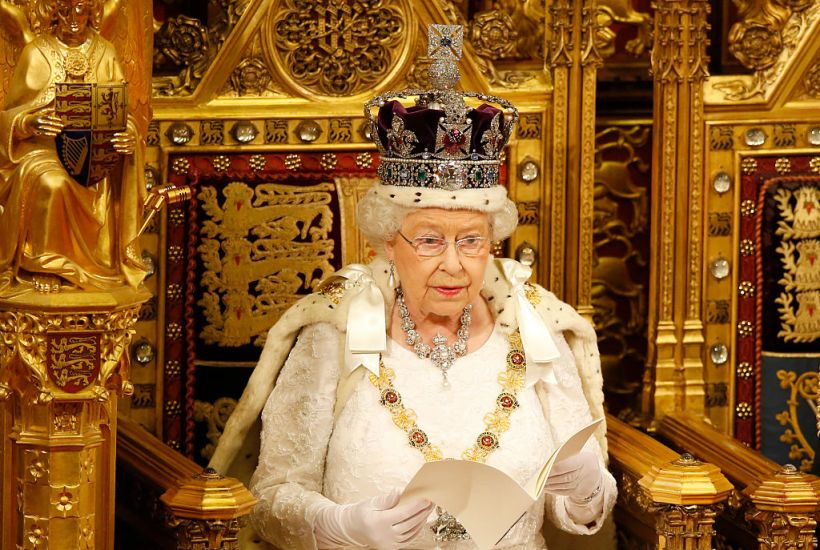
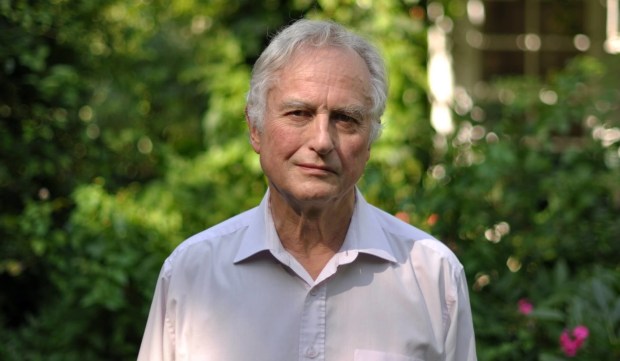
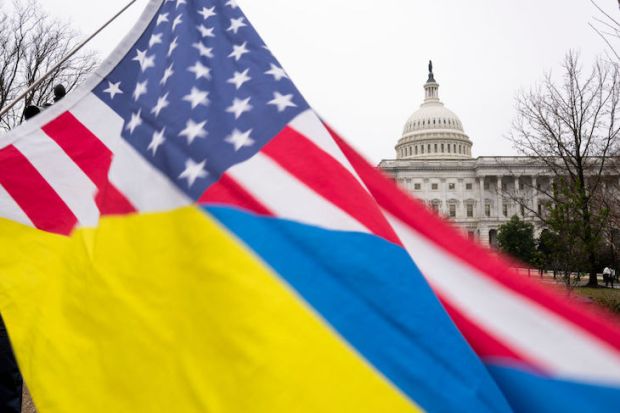
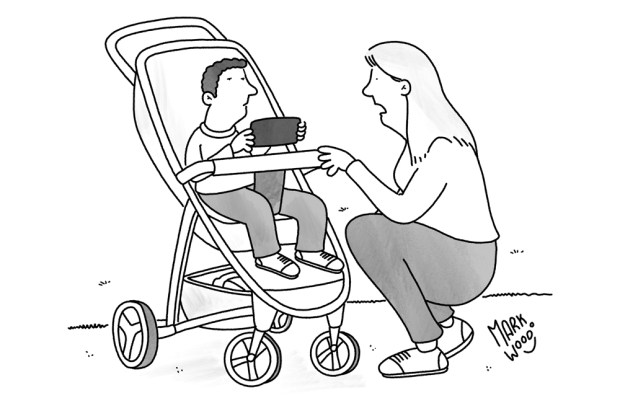

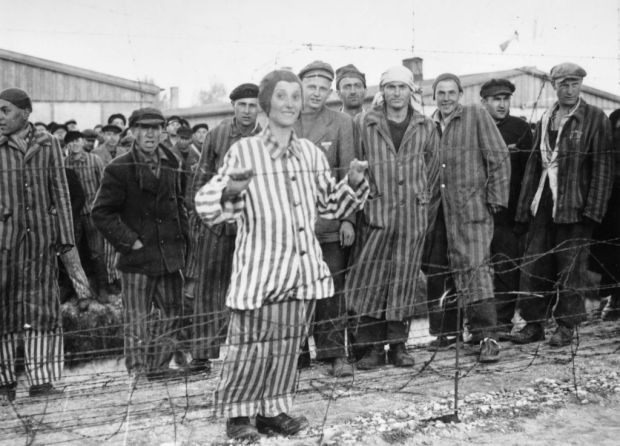
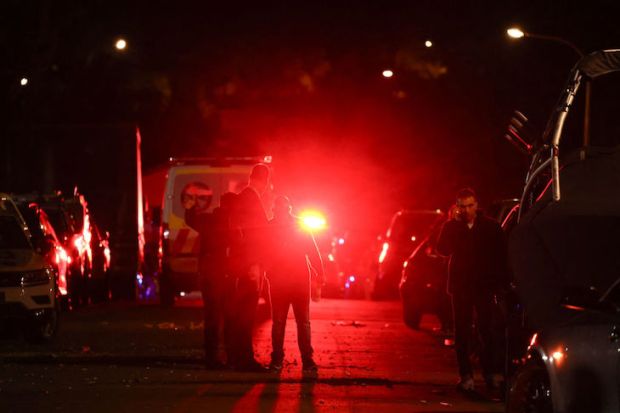









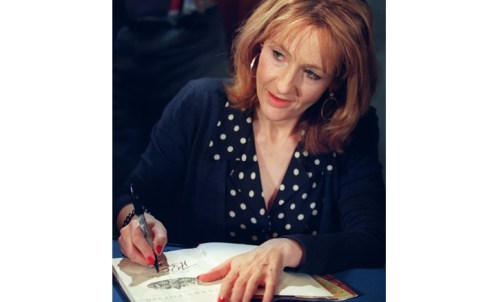


Comments
Don't miss out
Join the conversation with other Spectator Australia readers. Subscribe to leave a comment.
SUBSCRIBEAlready a subscriber? Log in